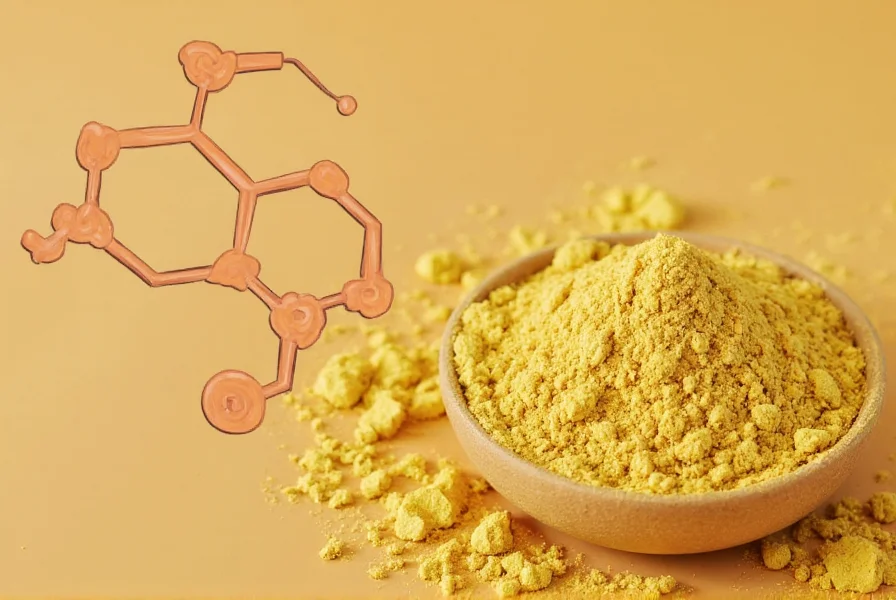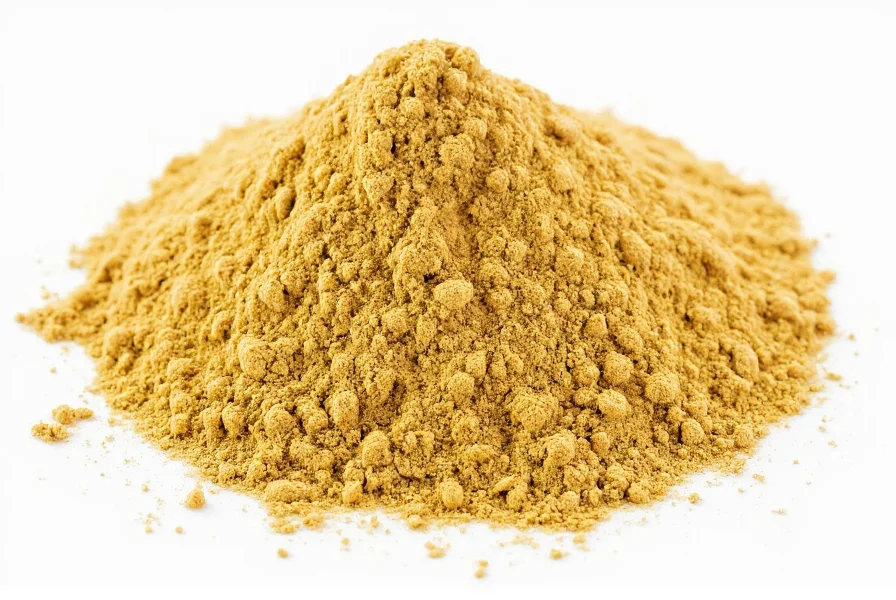Ginger root powder transforms the potent rhizome of Zingiber officinale into a versatile pantry staple. This concentrated form preserves ginger's key therapeutic compounds through careful dehydration and milling processes. Unlike liquid extracts or supplements, pure ginger powder delivers the complete phytochemical profile without additives.
What Exactly Is Ginger Root Powder?
Ginger root powder begins as mature ginger rhizomes harvested at peak potency. Producers wash, peel, and slice the roots before dehydrating them at low temperatures (typically below 40°C/104°F) to preserve heat-sensitive compounds. The dried ginger then undergoes fine grinding to create a uniform powder with particle sizes usually between 100-300 microns.
This processing method maintains approximately 85-90% of the original gingerol content compared to fresh ginger. The powder form offers significant advantages in shelf stability while retaining most therapeutic properties that make ginger valuable for digestive health and inflammation management.

Nutritional Composition and Bioactive Compounds
Ginger root powder concentrates the nutritional profile of fresh ginger through water removal. Per tablespoon (5g), it typically contains:
| Nutrient | Amount per Tbsp (5g) | % Daily Value |
|---|---|---|
| Calories | 15 | 1% |
| Dietary Fiber | 0.6g | 2% |
| Vitamin B6 | 0.04mg | 2% |
| Magnesium | 7mg | 2% |
| Gingerols | 25-35mg | * |
The asterisk denotes that gingerols don't have established daily values but represent the primary bioactive compounds responsible for ginger's health effects. Research published in the Journal of Agricultural and Food Chemistry confirms that properly processed ginger powder maintains comparable gingerol concentrations to fresh ginger when measured by dry weight.
Evidence-Based Health Benefits of Ginger Root Powder
Multiple clinical studies validate specific health applications of ginger root powder:
Digestive Support
A 2021 meta-analysis in Nutrients reviewed 14 clinical trials involving 1,300 participants. Results showed that 1-1.5 grams of ginger powder daily significantly reduced nausea and accelerated gastric emptying in individuals with functional dyspepsia. The powder form demonstrated comparable efficacy to fresh ginger in these digestive applications.
Inflammation Management
Research in Arthritis demonstrated that 2 grams of ginger root powder daily reduced osteoarthritis pain by 30% after 12 weeks. The study noted that the powder's concentrated gingerol content provided more consistent dosing than variable fresh ginger preparations.
Antioxidant Properties
Ginger powder maintains high antioxidant capacity, with ORAC (Oxygen Radical Absorbance Capacity) values around 30,000 μmol TE/100g. This makes it one of the most potent antioxidant spices by weight, according to USDA food composition databases.

Ginger Root Powder vs Fresh Ginger: Practical Comparison
Understanding when to use each form maximizes culinary and therapeutic benefits:
- Convenience factor: Powder offers precise measurements and year-round availability without spoilage concerns
- Potency comparison: 1/4 teaspoon powder ≈ 1 inch fresh ginger (by active compound content)
- Culinary applications: Powder works better in dry rubs and baked goods; fresh excels in juices and stir-fries
- Shelf life: Properly stored powder maintains potency for 2-3 years versus weeks for fresh ginger
For therapeutic applications requiring consistent dosing, ginger root powder provides more reliable concentration of active compounds than variable fresh preparations. However, fresh ginger contains additional volatile oils that some research suggests enhance bioavailability of gingerols.
Optimal Usage Guidelines for Maximum Benefits
To leverage the full potential of ginger root powder:
Culinary Applications
Add 1/4-1/2 teaspoon to smoothies, oatmeal, or salad dressings for digestive support. In baking, substitute 1/8 teaspoon powder for each inch of fresh ginger. For tea, steep 1/2 teaspoon in hot water for 10 minutes—adding black pepper (1/16 teaspoon) increases absorption of gingerols by up to 200% according to Phytotherapy Research.
Therapeutic Dosage
Clinical studies typically use:
- Nausea relief: 250-500mg taken 30 minutes before potential triggers
- Inflammation management: 1-2 grams daily in divided doses
- General wellness: 1/2-1 teaspoon daily in food
Never exceed 4 grams daily without medical supervision. Consult your healthcare provider before regular therapeutic use if taking blood thinners or managing diabetes.
Proper Storage Techniques for Longevity
Maximize shelf life and potency with these storage methods:
- Transfer powder to an airtight glass container immediately after opening
- Store in a cool, dark place away from heat sources (ideal temperature: 15-20°C/59-68°F)
- Add a silica gel packet to absorb moisture
- Never store above the stove or near dishwasher
- Check potency quarterly by aroma strength
Properly stored ginger root powder maintains therapeutic potency for 24-36 months. Discard if the characteristic spicy aroma diminishes significantly or if clumping occurs despite moisture control.
Safety Considerations and Contraindications
Ginger root powder is generally recognized as safe by the FDA, but certain populations should exercise caution:
- Pregnancy: Limit to 1 gram daily during pregnancy (equivalent to 1/2 teaspoon) based on American College of Obstetricians and Gynecologists guidelines
- Blood thinners: Consult physician before regular use as ginger may enhance anticoagulant effects
- Gallstones: May increase bile production—use only under medical supervision
- Surgery: Discontinue 2 weeks pre-surgery due to potential bleeding risk
Reported side effects at typical culinary doses are rare but may include mild heartburn or mouth irritation. Therapeutic doses above 2 grams daily occasionally cause gastrointestinal discomfort in sensitive individuals.











 浙公网安备
33010002000092号
浙公网安备
33010002000092号 浙B2-20120091-4
浙B2-20120091-4